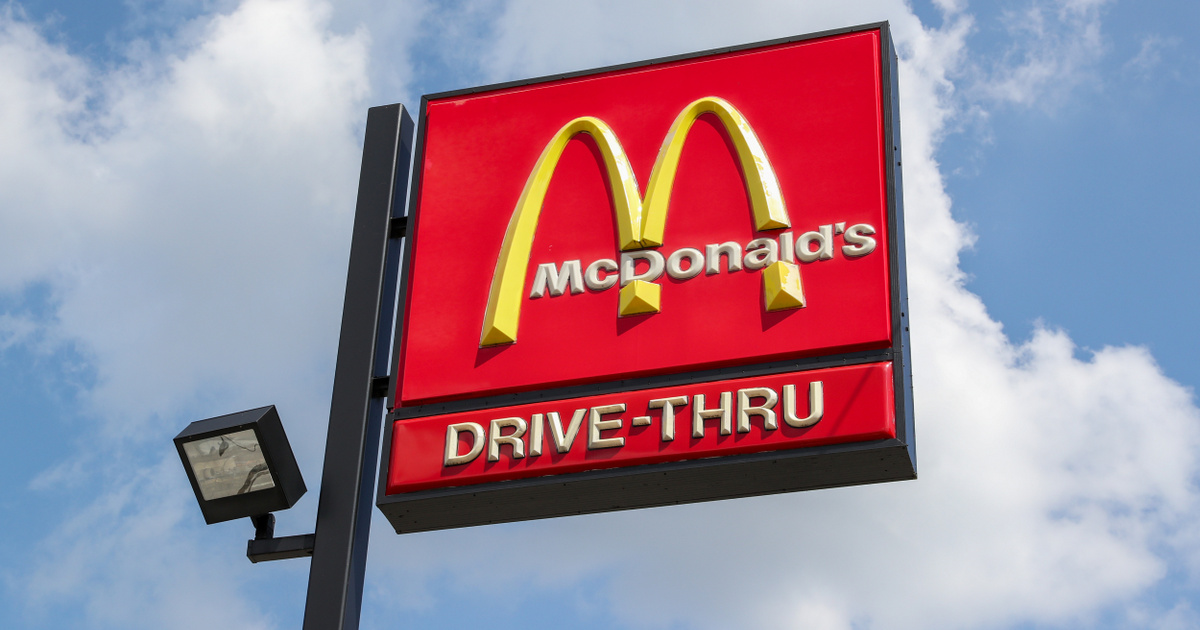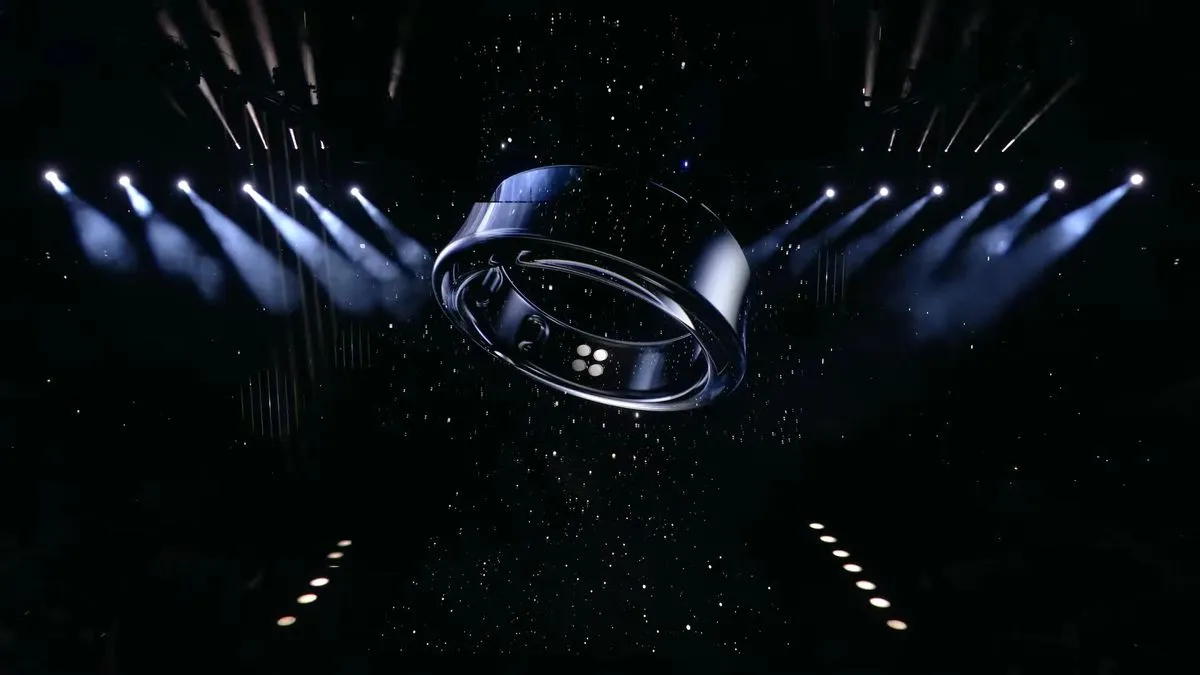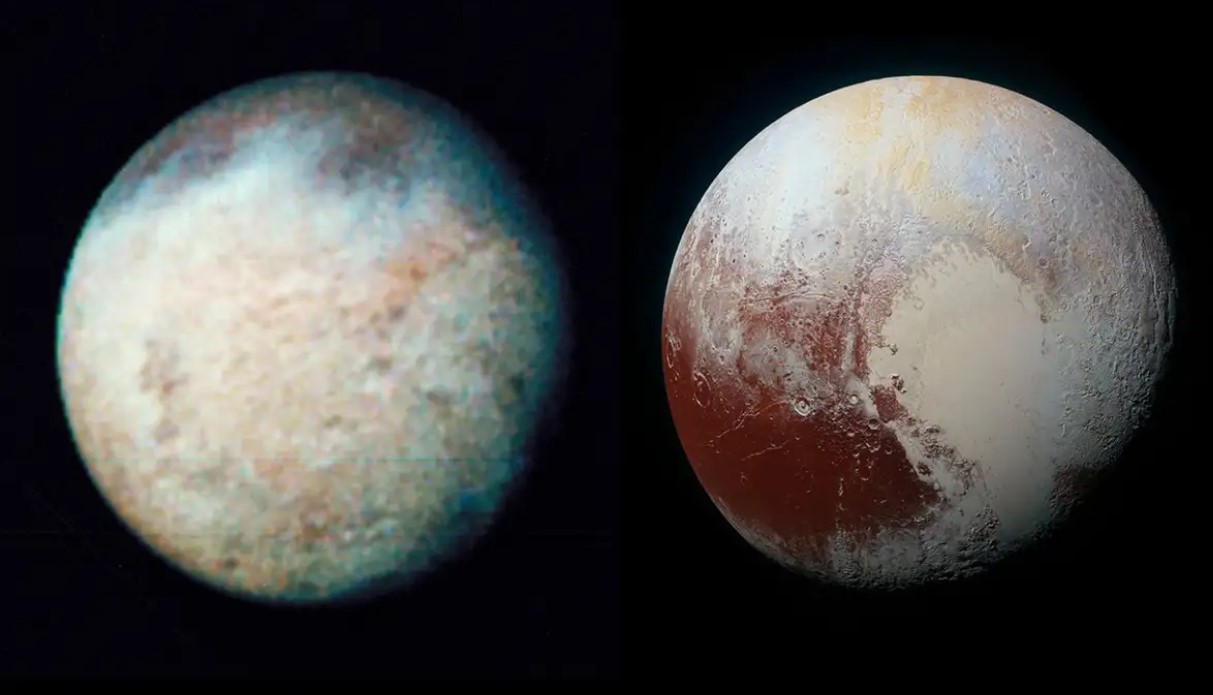In the US, Minnesota authorities have called on aquarium owners not to allow more pet fish into lakes and other streams after many huge goldfish were caught from local lakes – Reveals the reputation of the guard.
The authorities of Burnsville, about 24 miles south of Minneapolis, say the released goldfish can grow to multiples of their normal size and wreak havoc on native species.
Please don’t let your goldfish in the lakes! It grows larger than we think and contributes to poor water quality by moving sludge and shredding plants.” The city representative tweeted.
Please do not release your pet goldfish into ponds and lakes! They grow larger than you think and contribute to poor water quality by removing bottom sediments and uprooting vegetation.
Clusters of these large goldfish have recently been found in Keller Lake. pic.twitter.com/Zmya2Ql1E2BurnsvilleMN July 9, 2021
In November last year, officials from nearby Carver County removed nearly 50,000 goldfish from local waters. According to Paul Mullen, director of the county water department Goldfish are “an under-tested species” that “can have a significant negative impact on lake water quality.”Like carps, goldfish reproduce easily and can tolerate low oxygen levels in Minnesota winters.
The ecological devastation caused by the release of pets into aquariums is not new. For example, carnivorous lions, which live in parts of Asia and the Pacific but were presumably released by Florida cattle herders after Hurricane Andrew in 1982, destroyed dozens of species from the Caribbean, allowing coral reefs to be covered with seaweed.
Goldfish have received less attention than other invasive species, including Asian carp and zebra mussels, but warnings have been issued in Virginia and Washington, as well as Australia and Canada.
In 2013, Scientific American reported that While trawling in Lake Tahoe, the researchers caught a goldfish about one and a half meters long and weighing two kilograms.Virginia conservation officials recently warned that “pet owners should never release their aquatic creatures into the wild” after a 16-inch goldfish was caught by a fisherman.
The cost of rehabilitating waterways infested with goldfish is significant. Carver County, Minnesota, has signed an $88,000 contract with a consulting firm solely to study how to eliminate schools.

The Washington Post reported that in 2018, Washington state officials said they would spend $150,000 to rehabilitate a lake near Spokane. An invasive species expert in Alberta, Canada, described the goldfish problem as “scary”.
It is estimated that farm size in the United States can grow up to 200 million goldfish annually, most of which end up at local shows and hobby fanciers.












































